The 10 Rarest Crystals: Nature’s Most Elusive Gems
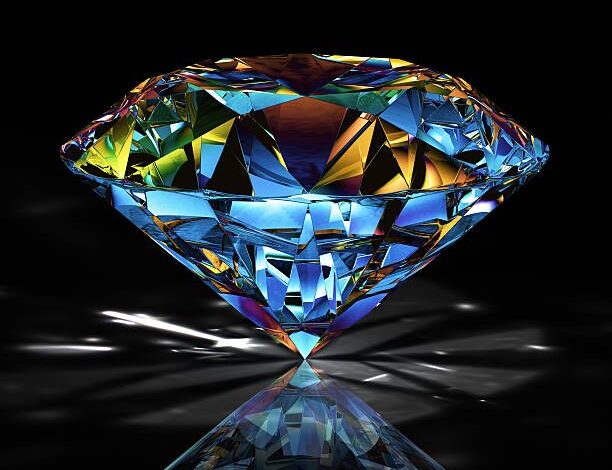
Crystals have enchanted people for ages with their beauty, symbolism, and rarity. While many gemstones are accessible, a select few stand out due to their incredible scarcity and unique characteristics. Let’s explore ten of the rarest crystals in the world and discover what makes them so extraordinary.
1. Painite
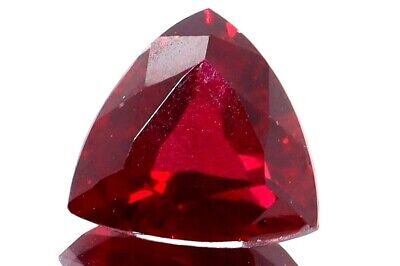
Painite was once hailed as the rarest mineral on Earth. It boasts a rich reddish-brown hue and dazzling clarity. Discovered in the 1950s, this crystal owes its name to Arthur Pain, the mineralogist who identified it.
- Found in: Myanmar
- Why It’s Rare: Painite forms under highly specific conditions, and for decades, only a handful of specimens existed.
2. Musgravite

This stunning crystal comes in shades of gray-green, purple, and sometimes colorless. Known for its brilliance and hardness, musgravite is one of the most exclusive gemstones available.
- Found in: South Australia, Madagascar, and Greenland
- Why It’s Rare: Very few deposits yield musgravite, and most crystals are too small for jewelry, making it a collector’s dream.
3. Jeremejevite
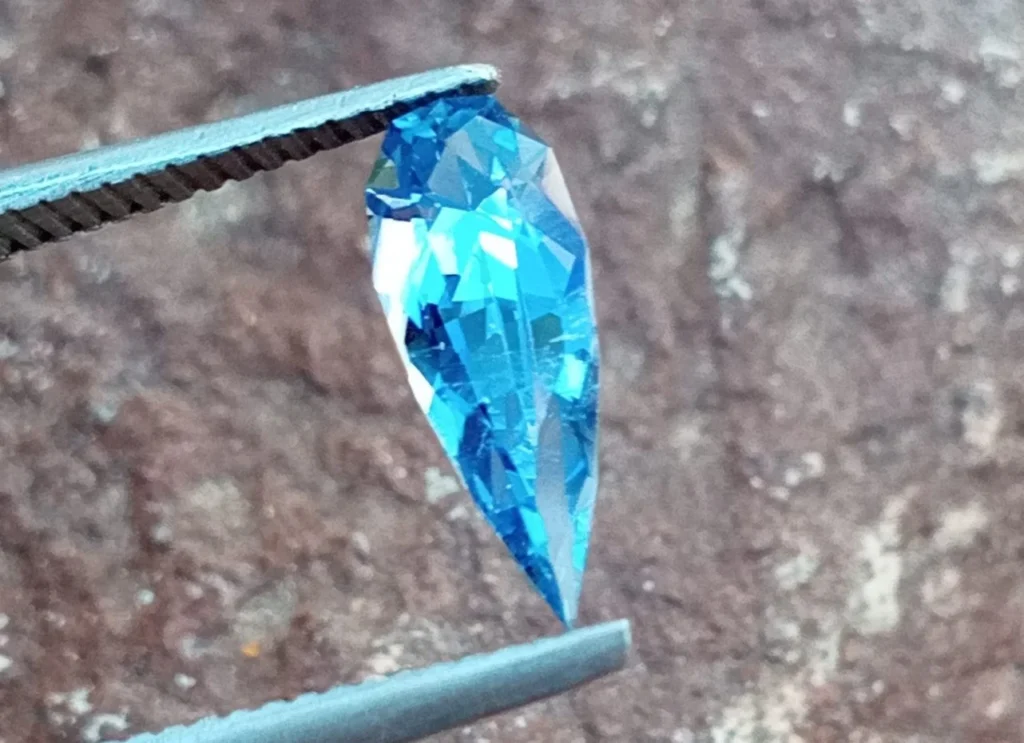
With hues ranging from pale yellow to sky blue, jeremejevite is a gem admired for its clarity and subtle beauty.
- Found in: Siberia (Russia), Namibia, and Myanmar
- Why It’s Rare: Only a few mines produce jeremejevite, and crystals large enough for cutting are extremely uncommon.
4. Red Beryl
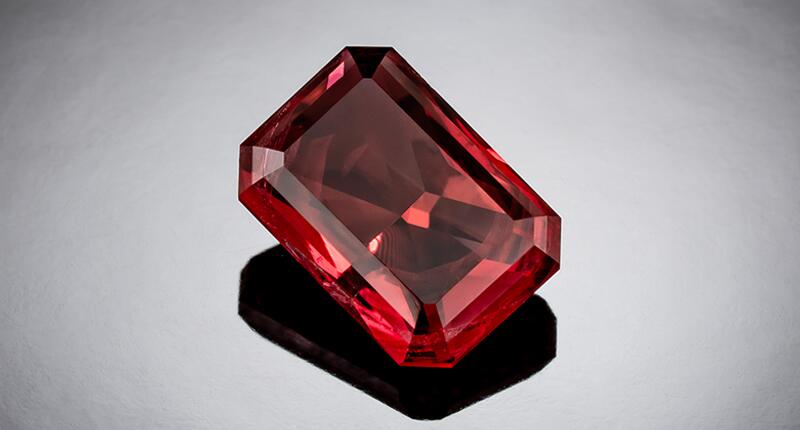
Sometimes called the “red emerald,” red beryl is a striking crystal with a vivid raspberry-red color. It belongs to the same family as emeralds and aquamarines but is much rarer.
- Found in: Utah (USA), Mexico
- Why It’s Rare: Red beryl forms under extremely rare geological conditions, limiting its availability to only a few locations worldwide.
5. Grandidierite
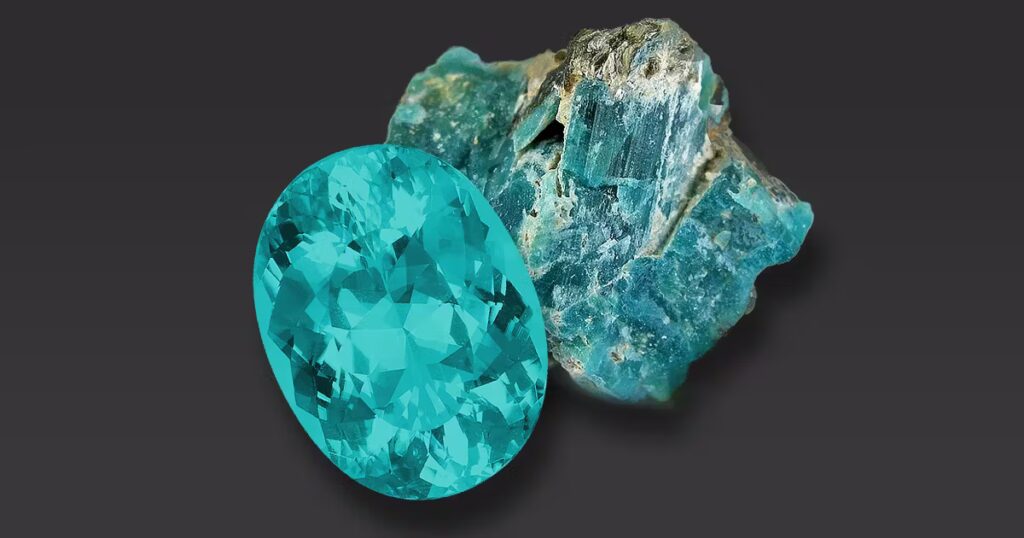
This blue-green crystal is prized for its translucent glow and softness. Grandidierite is among the most beautiful and rarest gemstones in the world.
- Found in: Madagascar, Sri Lanka
- Why It’s Rare: Limited deposits and the difficulty of mining high-quality specimens make it exceptionally scarce.
6. Taaffeite
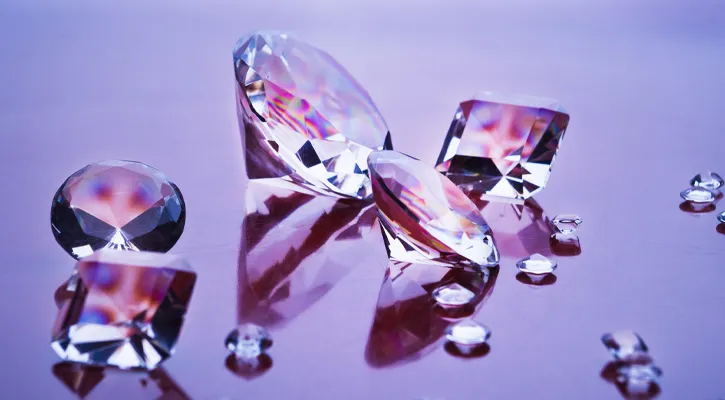
First mistaken for spinel, taaffeite is a unique gem that shimmers in shades of violet and red. It was named after gemologist Richard Taaffe, who identified it.
- Found in: Sri Lanka, Myanmar, and China
- Why It’s Rare: Taaffeite occurs naturally in such small quantities that finding gem-grade specimens is nearly impossible.
7. Serendibite
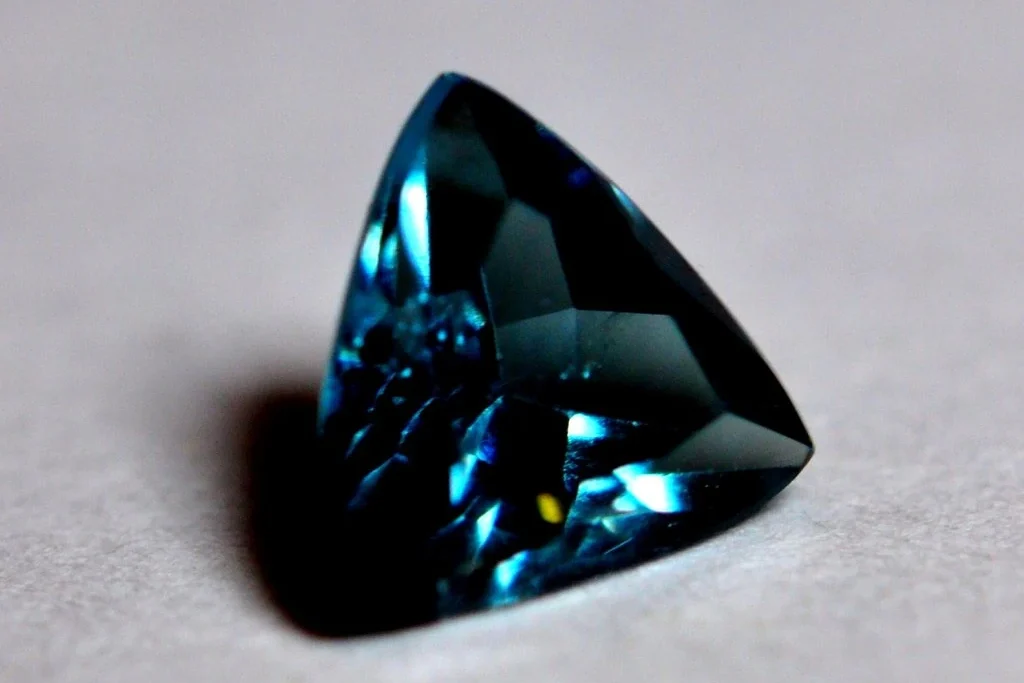
Known for its enchanting bluish-green colors, serendibite is as rare as it is mesmerizing.
- Found in: Sri Lanka, Madagascar, and Myanmar
- Why It’s Rare: Only a handful of deposits worldwide produce serendibite, making large, gem-quality stones incredibly valuable.
8. Black Opal
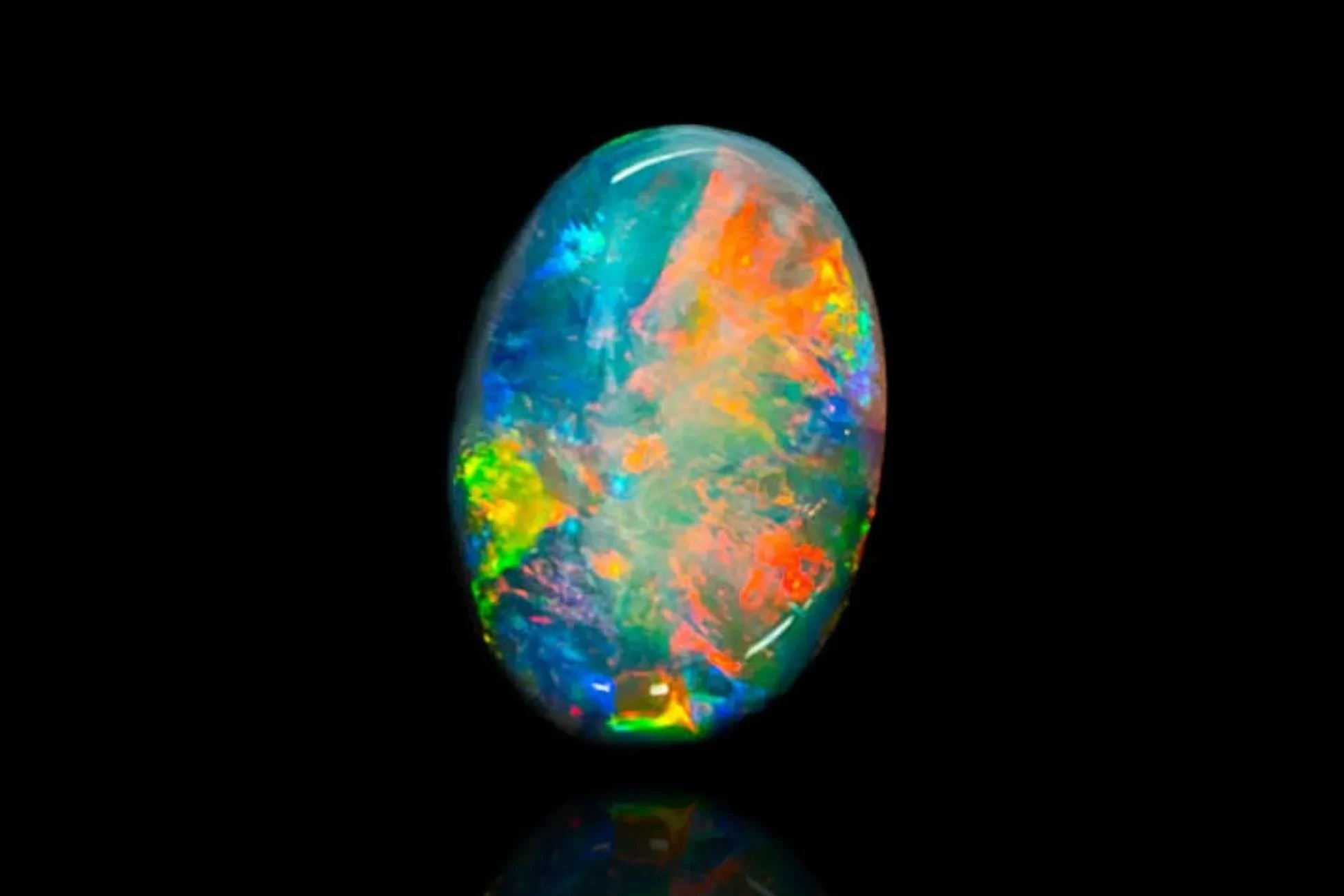
The rarest of all opals, black opal is famous for its dark body tone that enhances its vibrant rainbow-like colors.
- Found in: Lightning Ridge, Australia; Ethiopia
- Why It’s Rare: Black opals require specific environmental conditions to form, and high-quality specimens are limited to a few regions.
9. Alexandrite
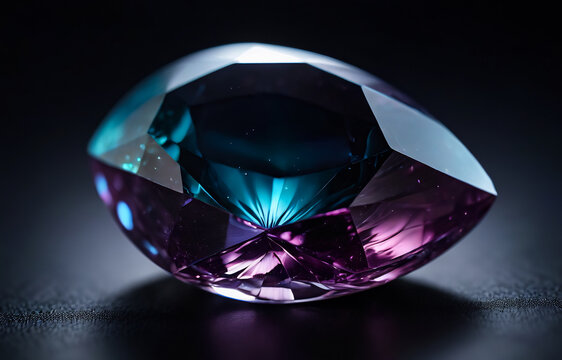
This remarkable crystal is best known for its dramatic color change, shifting from green in daylight to reddish-purple under incandescent light.
- Found in: Russia, Brazil, Sri Lanka
- Why It’s Rare: The unique conditions needed to create alexandrite’s color-changing effect make it one of the rarest and most desirable gemstones.
10. Benitoite
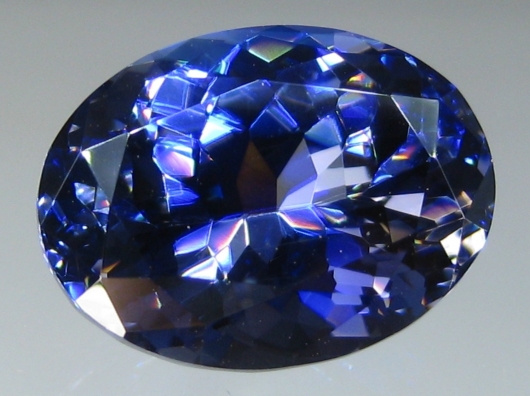
Benitoite dazzles with its deep blue brilliance and intense sparkle, earning it the title of California’s official state gemstone.
- Found in: San Benito County (California), Japan
- Why It’s Rare: This crystal forms under rare high-pressure, low-temperature conditions, and only a few mines in the world produce gem-quality benitoite.
Final Thoughts
The rarity of these crystals lies not just in their scarcity but in the fascinating natural processes that create them. Each one is a masterpiece of the Earth, representing millions of years of geological history. Whether you’re a gem enthusiast or a casual admirer, these rare crystals are a testament to the extraordinary beauty hidden within our planet.





